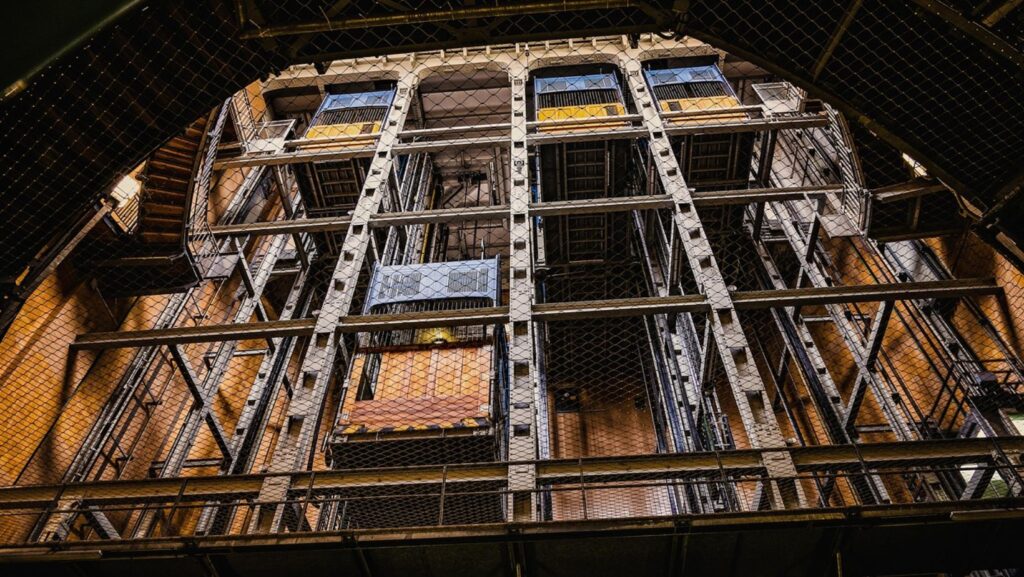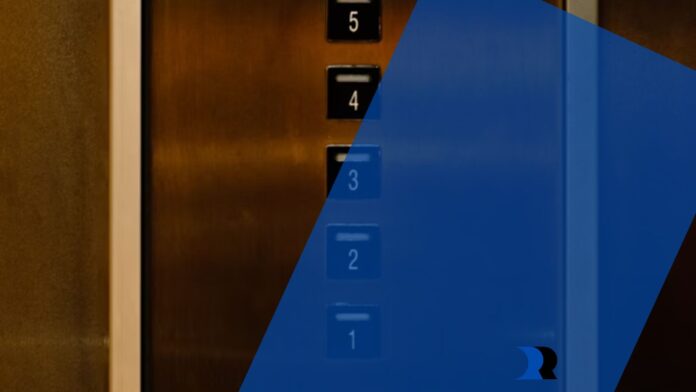Businesses focus on improving efficiency and customer experience, often overlooking one critical aspect: the elevation system. Elevators and escalators have become vital infrastructure components in commercial spaces, particularly in multi-story buildings, where they ensure seamless movement between floors. Investing in your elevation system can yield significant benefits, transforming your business operations, improving safety, and enhancing customer satisfaction. Here’s why upgrading your system is a strategic business decision.
Enhancing Safety and Compliance
One of the foremost reasons to upgrade your elevation system is to improve safety. With older equipment, there may be increased risks of malfunctions, which can lead to dangerous situations for both tenants and employees. Outdated systems may not comply with the latest safety regulations, posing legal risks to your business. By investing in an upgrade, you ensure that your equipment meets current safety standards, thus minimizing potential liabilities.
Modern elevator systems are equipped with advanced safety features such as automatic emergency brakes, overload sensors, and communication systems that function even during power outages. These features significantly enhance safety and may offer peace of mind to your staff and clients.
Upgrading aids compliance with regulations from the Americans with Disabilities Act (ADA) and local safety codes. Implementing these modern standards can result in a safer working environment, elevating the perception and reputation of your business.
Boosting Customer Satisfaction
The customer experience is paramount. Upgraded elevation systems typically offer faster travel times, smoother rides, and quieter operations, enhancing the experience for your tenants and clients. Long wait times or noisy, jerky elevators can be frustrating and may leave a negative impression on visitors.

Your business’s image can hinge on their experience within your premises, so ensuring smooth transitions between floors can elevate customer satisfaction to new heights. Implementing a reliable, high-quality commercial elevator service can help maintain your system, ensuring that it continually operates at optimal efficiency. Regular maintenance and service checks can prevent smaller issues from escalating into significant problems.
Improving Energy Efficiency
The energy consumption of older elevators can be exorbitant, leading to higher operating costs. Newer models are designed with energy efficiency in mind, utilizing advanced technologies that consume less electricity while providing the same level of performance. The savings on energy bills can add up significantly, providing a return on investment that justifies the upgrade costs.
Energy-efficient elevators contribute to your business’s sustainability efforts, helping to reduce your carbon footprint. Demonstrating a commitment to sustainability can attract more clients and improve your brand’s image, further establishing your reputation in the market.
Enhancing Aesthetic Appeal
Upgrading your elevation system is also an opportunity to improve the aesthetic appeal of your building. Modern elevators often feature sleek designs and updated interiors that align with contemporary architectural trends. An aesthetically pleasing elevator can act as a focal point, complementing the design of your space.
Well-maintained elevators reflect positively on your business. Visitors entering a tidy, modern elevator likely perceive the company as professional and detail-oriented. This impression can translate to stronger business relationships and increased customer loyalty. Investing in an aesthetic upgrade improves your business’s marketability.
Increasing Property Value
Properties with upgraded elevator systems often see improved market value, which is important if you’re considering leasing or selling in the future. Prospective buyers or renters look for modern conveniences and reliable, efficient systems. An updated elevation system can be a significant selling point that enhances your property’s appeal.
Simply put, investing in your elevator system today can yield substantial dividends in the future. Potential stakeholders are likely to consider well-managed properties as more valuable, which can reflect positively on your bottom line when it comes time to make a sale or lease.
Reducing Downtime and Maintenance Costs
Older systems may require frequent repairs and maintenance, leading to operational downtime when they are out of service. Upgrading to a newer system can reduce breakdowns significantly, keeping your elevators operational and minimizing disruption to business activities. A reliable system enhances productivity, limits inconvenience, and fosters a more efficient workflow in the building.
Newer systems have smarter diagnostics and preventive maintenance features to predict when an elevator needs service before an issue arises, thus decreasing unexpected breakdowns. This proactive approach can translate into lower maintenance costs and allow your staff to focus on their core tasks rather than managing elevator problems.
By prioritizing your elevation system upgrade, you reap these rewards. Embracing the latest advancements in elevator technology ensures that you maintain a competitive edge in a rapidly evolving marketplace.
Navigating the Upgrade Process
Upgrading your elevation system can appear daunting. A well-thought-out plan can simplify the process. Start by assessing your specific needs and conducting research on various elevator models that fit those requirements. Collaborate with professionals who specialize in elevator installation and maintenance.
They can provide valuable insights into the best systems available, tailored to your business’s unique requirements. Make sure to allocate a budget that includes additional expenses related to installation and maintenance.
Upgrading your elevation system is more than just a maintenance task. It’s an investment in safety, efficiency, and your business’s long-term success. Modern systems enhance both functionality and aesthetics while reducing operational costs and downtime. By taking a proactive approach, you position your business for smoother operations, improved customer experiences, and increased property value.


